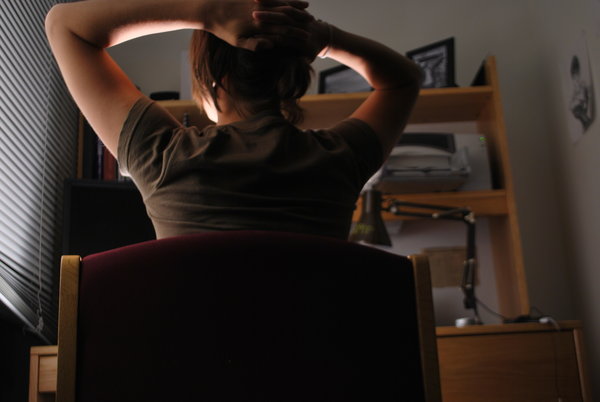Pediatric traumatic brain injury results out of a trauma involving a part of the brain that may outwardly affect swallowing, communication, cognition, and ambulation and performing the daily skills. Injuries could be primary, depending on the impact and secondary depending upon the inciting events like increase in intracranial pressure, seizures and edema.
Epidemiology of pediatric traumatic brain injury including primary prevention and risk factors
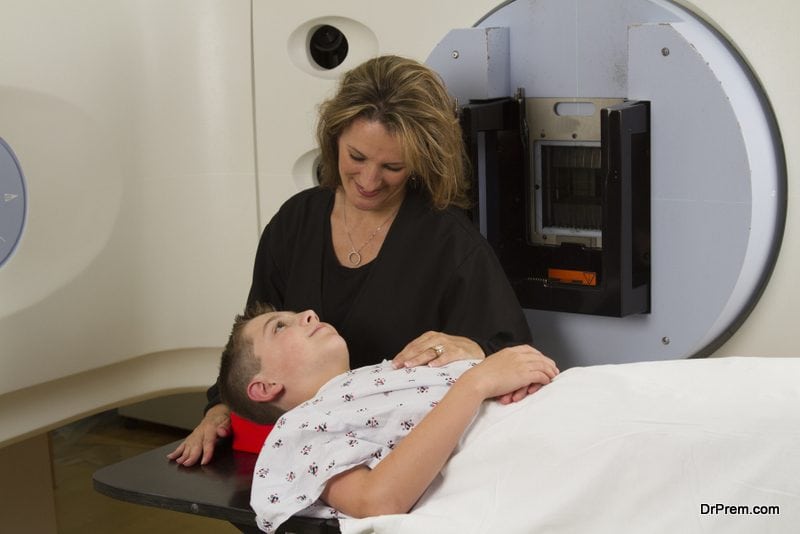 Pediatric TBI in children occurs mostly in summer and spring. The rate of this injury is higher in males as compared to females. Studies have indicated that children who are affected with attention deficit hyperactivity disorders may likely to acquire traumatic brain injury. Prevention, diagnosis and management are to educate the caretakers about the correct use of helmets, safe automobile engineering and safe restraints of transport seats.
Pediatric TBI in children occurs mostly in summer and spring. The rate of this injury is higher in males as compared to females. Studies have indicated that children who are affected with attention deficit hyperactivity disorders may likely to acquire traumatic brain injury. Prevention, diagnosis and management are to educate the caretakers about the correct use of helmets, safe automobile engineering and safe restraints of transport seats.
Pediatric Traumatic brain injury consists of primary as well as secondary injury mechanisms. Primary injury comes out of shear forces and direct damage. Primary injury involves impact, contusions depolarization from the rise in glutamate and extracellular potassium, as well as the diffuse axonal injury. Diffuse axonal injury (DAI) occurs due to acceleration or deceleration of rotational forces that cause axon shearing. It mostly affects the corpus callosum’s white matter and other structures in the mid line. Primary injuries may also occur due to penetration of skull in brain or dura.
Secondary injuries are brought out as a result of excitotoxity causing the death of neuronal cell, cerebral edema, seizers, electrolyte abnormalities and hypoxemia. Cerebral edema resulting out from the increased volume of cerebral blood and water may cause intracranial hypertension. Intracranial dangers include herniation and ischemia.
Pediatric Traumatic brain injury may also be categorised as diffuse or focal injury. Any localised damage over the imaging can be regarded as focal injuries. Diffuse axonal injury can be detected on magnetic resonance imaging (MRI).
Recovery mechanism can be done in many ways. Neueroplasticity resulting from collateral sprouting and neuronal regeneration may occur along with activating latent areas and a change in synaptic communication.
Disease diagnosis and management and the clinical presentation of its features
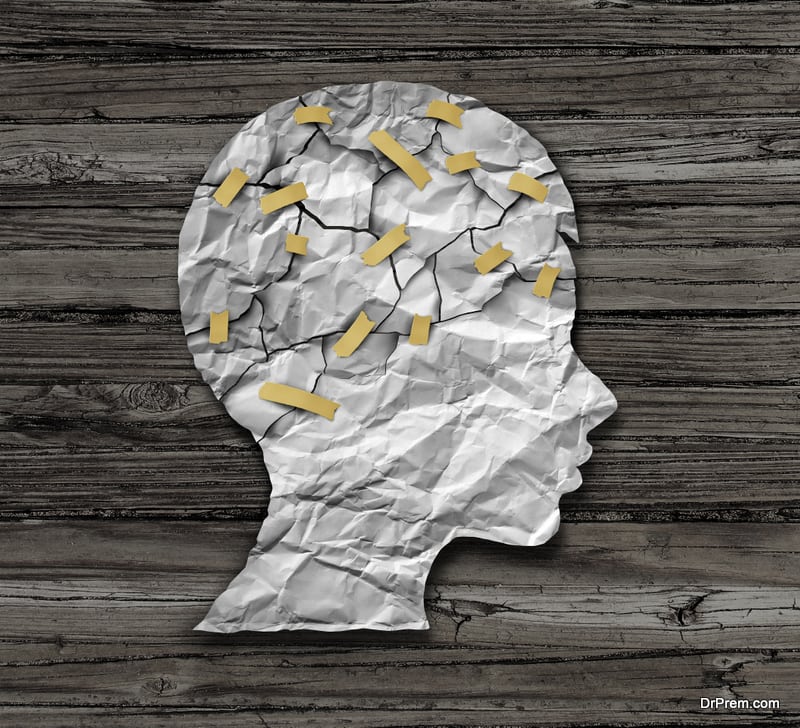 Symptoms of pediatric TBI in children include visual changes, deficits in cranial nerves, headaches, extreme weakness and change in mental status. Depending on the severity of the injury, the symptoms may be progressive due to hydrocephalus, seizers, elevated ICP and cerebral edema. Managing the medical issues may determine the recovery soon.
Symptoms of pediatric TBI in children include visual changes, deficits in cranial nerves, headaches, extreme weakness and change in mental status. Depending on the severity of the injury, the symptoms may be progressive due to hydrocephalus, seizers, elevated ICP and cerebral edema. Managing the medical issues may determine the recovery soon.
Under ED the circulation, breathing and airway of the child is managed and assessed. Glasgow Coma Scale or Pediatric GCS rating is also obtained. Patients having GCS less than 8 need airway protection. The spine and head are imaged and evaluated as per the indications.
A frequent assessment of the patients is done for increased ICP for which we need a monitor. Patients having increased ICP use hypertonic saline, mannitol and hyperventilation for shorter duration. If medical management fails to do so, there is a need to consider secondary management techniques like decompressive craniectomy and Phenobarbital coma.
The basic need of getting hospitalization for acute care is to prevent secondary brain injury and complications as a result of hypoxia, hypotension, or both. Once a patient gets medically stable, he will be transitioned to an appropriate rehabilitation centre.
Impairments come into notice as child recovers. All the functioning domains are impacted including behaviour, cognition, communication, sensory and motor. Rehabilitation is regarded as the recovery phase of the patients having injuries ranging from moderate to severe or some may have mild injury accompanied with ongoing symptoms.
Communication and cognitive disorders are most common and may persist for long. More sever is the injury, worse will be the outcomes of the cognitive domains. Recovery, being variable can occur at any level of cognition and consciousness. People in coma lack their sleep wake cycle and the eyes are closed for long. Progression in the vegetative state is observed by resuming of sleep wake and opening the eyes. Patients in minimal conscious state exhibit the environmental awareness, which is reproducible and inconsistent. Emerging out from MCS can be demonstrated by the consistent command which follows the fictional use.
Associated or Secondary complications and conditions
Specific secondary complications include:
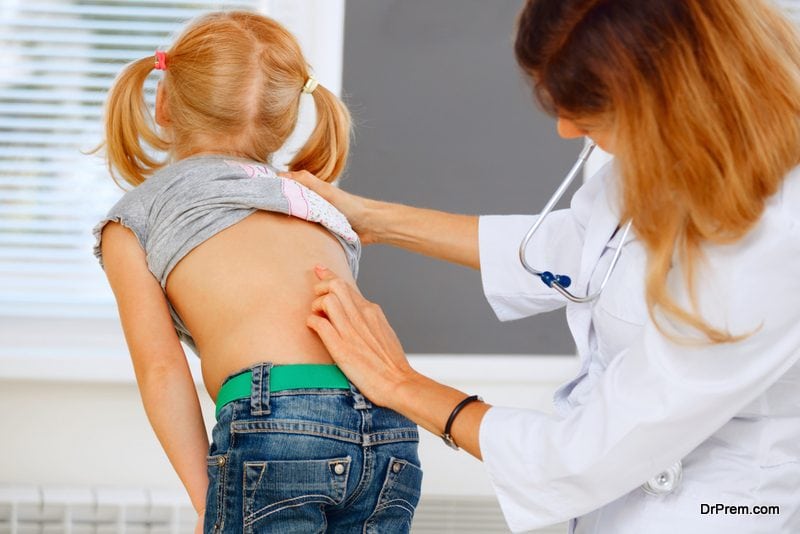
- Neuroendocrine disorders
- Heterotopic ossification
- Bowel and urinary incontinency
- Paroxysmal autonomic instability
- Cognitive impairment
- Speech impairment
- Scoliosis
- Muscle/ joint contractures
- Extremity weakness
- Vision impairment
- Hearing loss
- Dysphagia
- Hydrocephalus
- Electrolyte disturbances
- Seizures
- Elevated ICP
- Cerebral edema
New guidelines for Assessment essentials
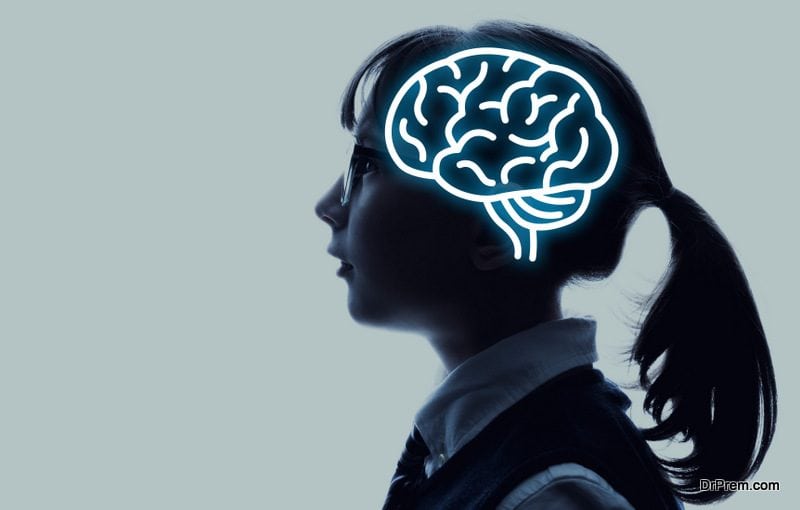
- History: history includes inciting the events, using protective gear like seatbelt or helmet, initial GCS score, duration for which the consciousness is lost and related injuries. History of the baseline functions, history of previous TBI, social history and developmental history is also obtained.
- Physical examination: the physical examination will vary on the basis of the severity of injury. A detailed musculoskeletal and neurological examination includes passive/ active motion range, balance, testing fine motor, cerebella testing, muscle tone, reflexes, sensation, strength, cranial nerves and mental status. The examinations done initially will be limited to the mental ability and tolerance of the child and should be seriously followed.
- Functional assessment: functional assessment varies on the basis of age and severity. If the child is admitted to rehabilitation, the gross motor function and WeeFim measure is utilised. An appropriate age assessment of orientation and alertness must be monitored and conducted as needed. Child orientation and Amnesia test are to be used for children between ages of 3 to 15. For children above 16, Galveston orientation and amnesia test are utilised.
- Laboratory studies: electrolytes for the evaluation of hypernatremia and other abnormalities of the laboratory associated with hypothalamic pituitary axis dysfunctioning are to be monitored.
Rehabilitation treatments and management of pediatric traumatic brain injury
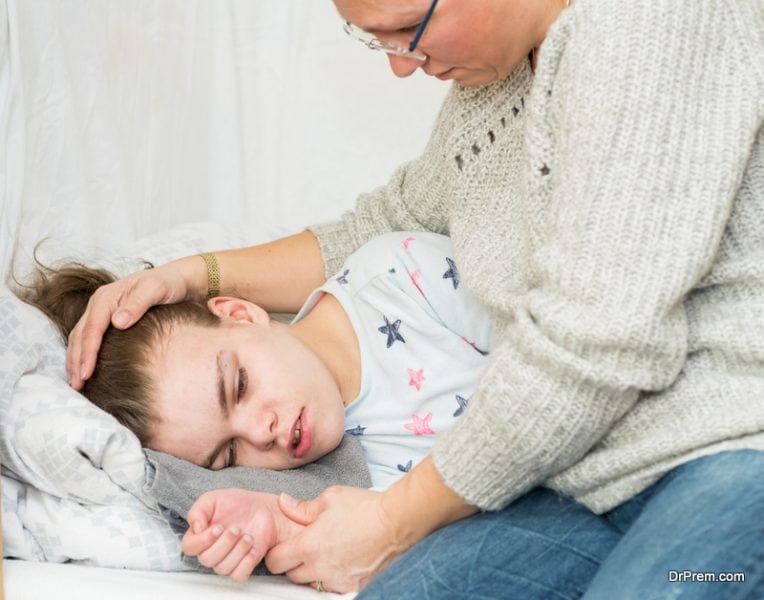
- Care and coordination: new guidelines state that an interdisciplinary approach is needed for those individuals that require rehabilitation and outpatient services.
- Education if family and patient: educating the patient towards appropriate cognitive and developmental level is very important for assisting adjustment and cope up. Education of family gets started in the acute phases to carry out throughout all the phases.



